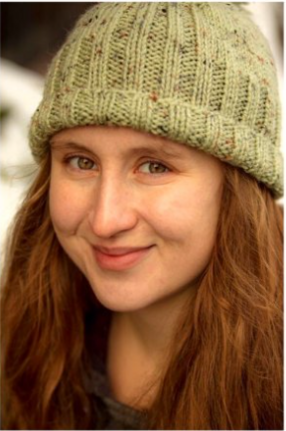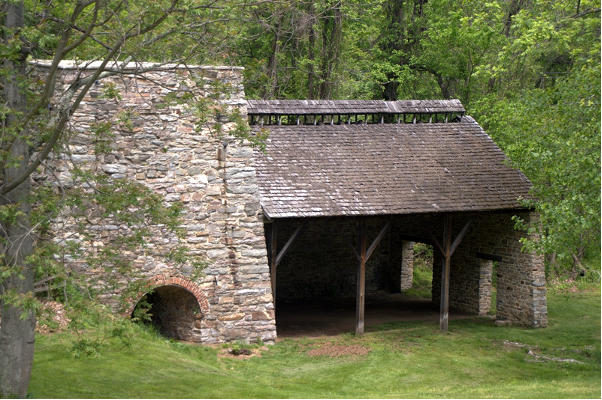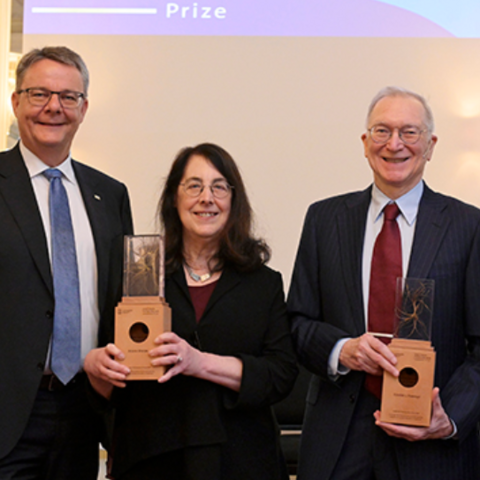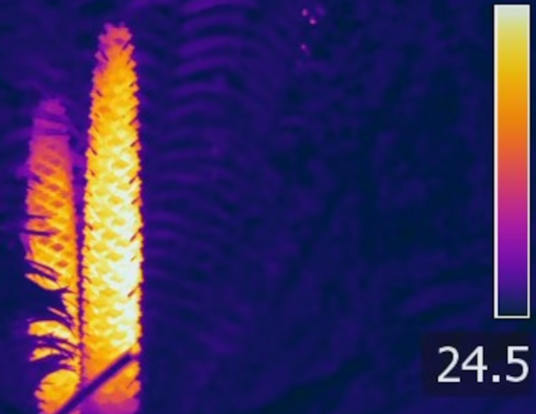Beyond the Grave
Harvard Griffin GSAS Voices: Éadaoin Harney, PhD ’20
Éadaoin Harney is a scientist at 23andMe, a biotechnology company that provides direct-to-consumer DNA testing services. She discusses her team’s work on the remains of marginalized and enslaved African Americans recently excavated in Maryland, how she went from lab technician to PhD student, and her efforts at Harvard Griffin GSAS to communicate research in ways that are accessible to non-scientists.
Exhuming the Stories of Enslaved African Americans

I study the human past using ancient DNA. This type of research involves techniques that are optimized to extract the tiny amounts of DNA that have been preserved in human remains over hundreds, thousands, and even hundreds of thousands of years.
Once we have the DNA, what we want to learn about is the past of these individuals—their ancestral origins, their migration patterns, and how they are connected genetically to us now. A lot of ancient DNA work focuses on individuals who are hundreds of thousands of years old, but I have focused on more recent individuals whose stories have been excluded from the historical record.
Since I left Harvard and joined 23andMe, I have studied the DNA of enslaved and free African Americans who worked at the Catoctin Iron Furnace in Maryland. Their story had been largely forgotten by the community until a highway was built in the 1970s through the cemetery where they were buried. Their remains were excavated, and they ended up in the custody of the Smithsonian Museum.
In the last 10 years or so, there has been an increased effort to learn more about the African Americans who labored at Catoctin. At 23andMe, I had the opportunity to combine ancient DNA research techniques with the company’s genetic database to tell stories about this community. Through a collaboration between my team, Professor David Reich’s group at Harvard, and the Smithsonian’s National Museum of Natural History, we have uncovered a lot of information that was not in the historical record: connections within the community, such as mothers and children; connections with people living today through a common ancestor; and even connections with people living today who we believe may be direct descendants.

Learning to Love the Lab
At Vassar College, I majored in biochemistry because I was interested in genetics and minored in anthropology. It wasn’t until my junior year that I started to think about combining those two fields. I went to an archaeological dig in Italy, which was very exciting, and then got a master’s degree in human evolutionary studies at the University of Cambridge.
I wasn’t ready to apply for a PhD right after getting my master’s, so I looked around and just happened to find an ancient DNA position at Harvard Medical School. I worked in Professor Reich’s lab, extracting DNA from ancient bones. (It was around this time that ancient DNA research really took off.) I learned how much I love lab work, and I eventually transitioned from a technician position to graduate school at Harvard where I was co-advised by Professor Reich and Professor of Organismic and Evolutionary Biology, John Wakeley. I learned the computational side of ancient DNA so I could interpret the data I was collecting. That’s how I wound up doing the work I do now.
Homology Homilies
While I was at Harvard Griffin GSAS, I volunteered at the University’s Museum of Natural History. What I did was communicate the science behind all of our exhibits. I would go into a gallery and bring some materials with me from which I taught visitors about homology—the similarity between different organisms due to their shared evolutionary origin—and why and how it comes about.
For example, did you know that the forelimbs of mammals—including bats, antelopes, gibbons, and whales—all share a similar structure despite having such different functions? These animals all share a common ancestor that lived millions of years ago. Over time, each species evolved to live in very different habitats and their forelimbs adapted to perform different jobs, such as flying, running, swinging, or swimming. But when we look at their skeletons, we can still see similarities between the structure of their forelimb bones—evidence of their shared common ancestor.
Sometimes, I would also go into the mammal hall with a piece of baleen, which functions as teeth in baleen whales, and talk to visitors about whales while standing beneath their giant skeletons that hang from the ceiling. It wasn’t my research, but, even so, I found it was important to communicate about the science that was being done, not just to do the science. I think a lot of times, scientific findings are confined to very technical, hard-to-reach places—in journals most people never read. I have a strong commitment to ensuring people can understand my research and science in general.
This piece was composed by Hannah Martinez from an interview with Éadaoin Harney and edited by Paul Massari.
Get the Latest Updates
Join Our Newsletter
Subscribe to Colloquy Podcast
Simplecast





